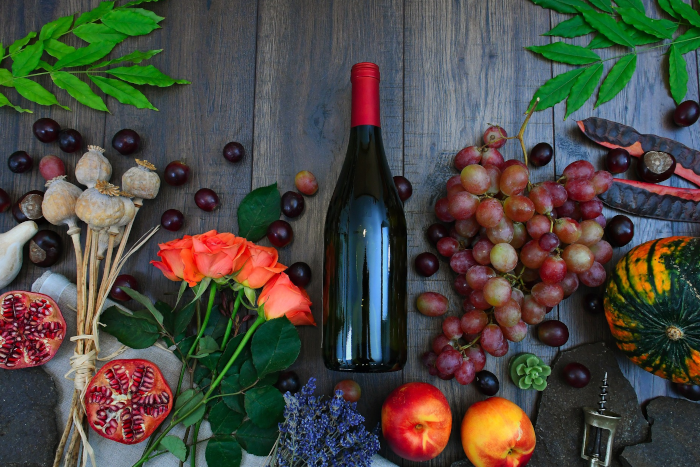Wine flavours & where they come from
Unlock the flavours of wine and discover where they come from!

Wine is one of the most popular drinks in the world, and its variety of flavours is one of the main reasons for its popularity. Have you ever wondered how wines acquire their varied and complex flavours?
In this article, Chris Parker (certified sommelier) talks about the surprising origins of wine's flavour profiles, which will surprise you too! Many factors contribute to the complexity and variety of wine flavours: find out about them!
3 Types of Flavours
We put wine flavours into three different headings, primary, secondary and tertiary flavours.
Primary flavours
Those primary flavours are the fruit flavours that we all know and love so well - lemon, citrus, white, peach, gooseberry, elderflower. All those notes come directly from the grape growing and the grape itself.
Secondary flavours
Secondary characteristics come from winemaking. If we age wine in a barrel, it might taste like vanilla, it might taste like coconut. If we age the wine in contact with the yeast, it might add bakery or brioche notes to the wine.
Tertiary flavours
The last thing is tertiary notes, and these come from time and ageing wine. If the wine is slowly oxidizing the bottle, you will notice you'll start getting some more gamey or animalistic flavours, maybe some fresh turn to earth, maybe a little bit of forest floor character.
Those savoury characters are going to start coming in, and the fruitiness is going to get a little bit lower.
If you're tasting wine without the bottle in front of you, and you start noticing more or less of these notes, you might know something about how it was made or where it came from.
Anyway, enjoy the next glass of wine, guys.